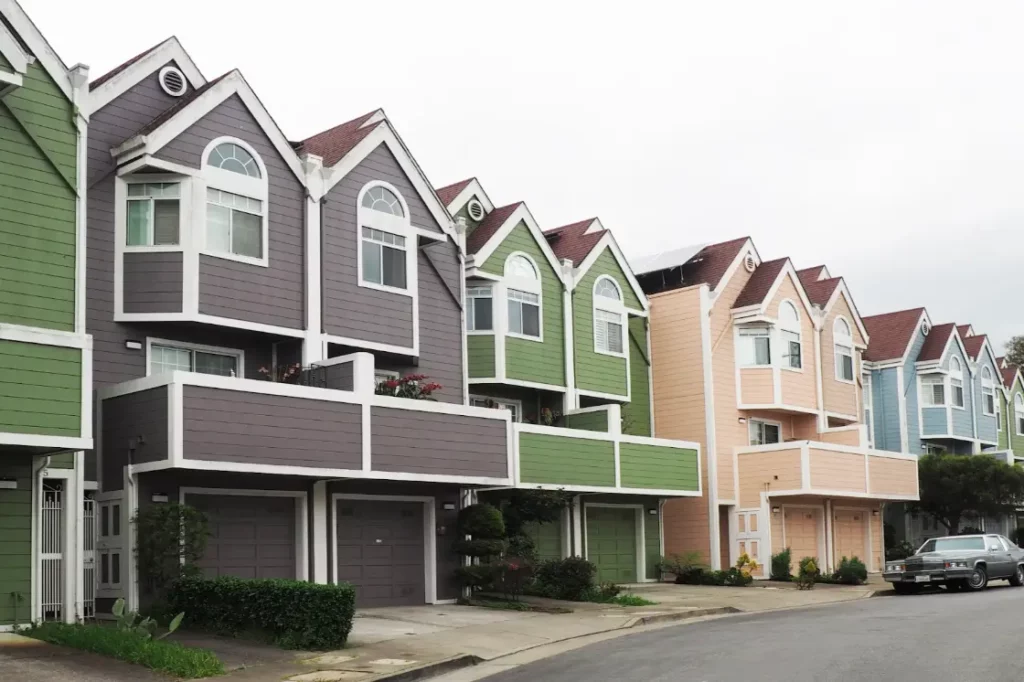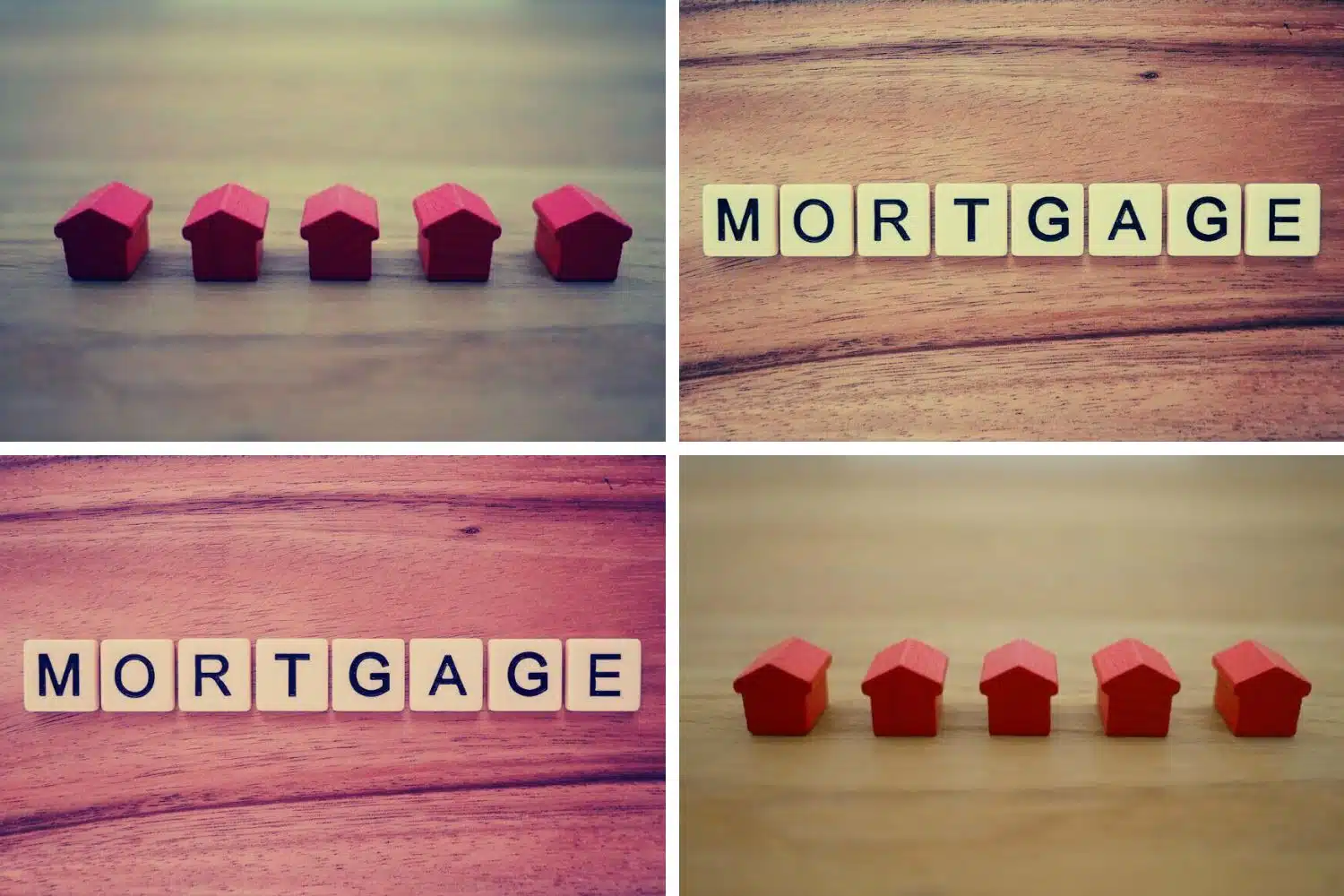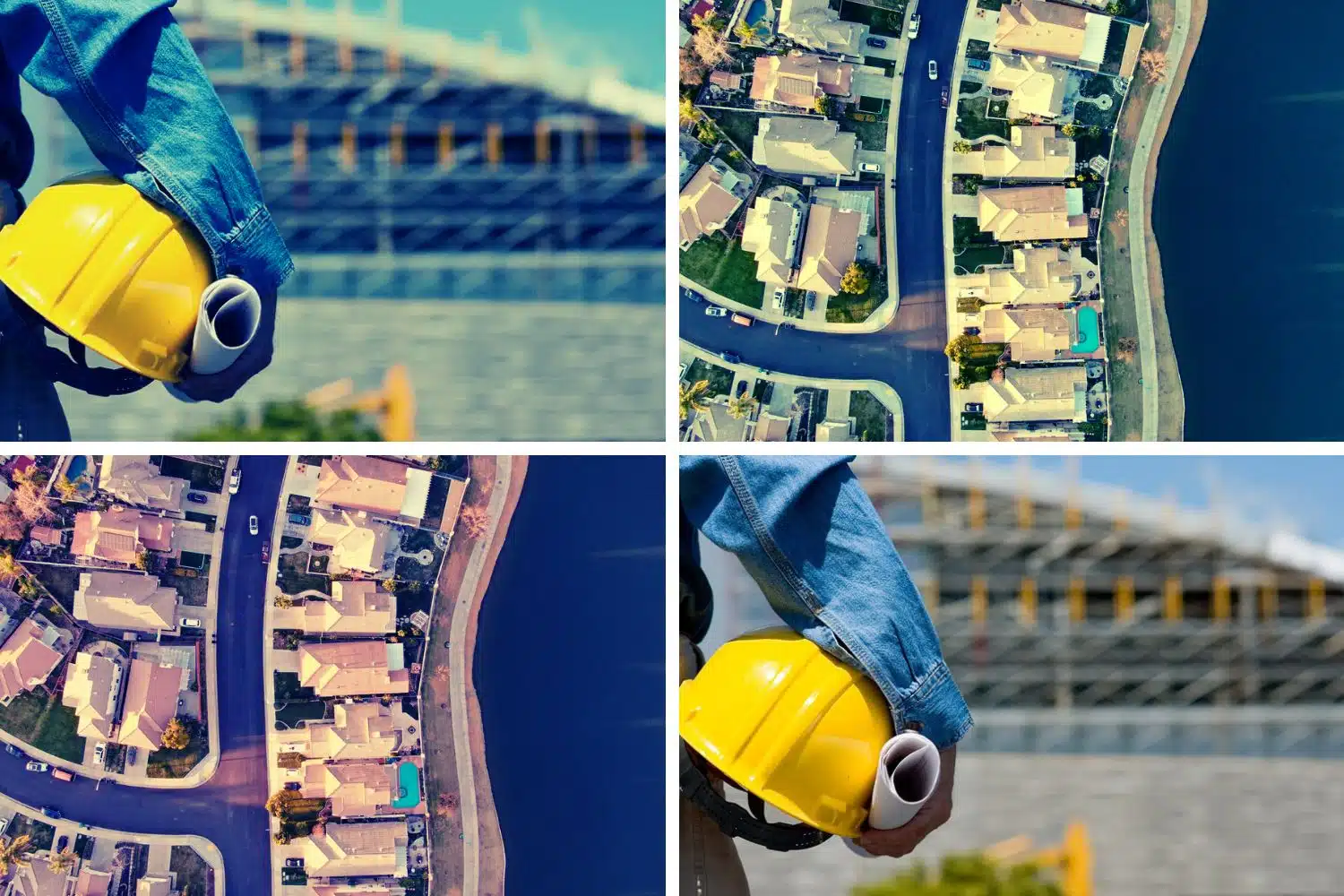Building a new house is not only a venture filled with excitement and anticipation but also a significant financial commitment. It’s essential to understand the costs associated with constructing a new house to help guide your budgeting process and ensure you’re financially prepared for the journey.
Materials Cost

The cost of materials is typically one of the largest expenses in the construction of a new house. This includes everything from concrete for the foundation to framing, roofing, siding, and interior finishes. The selection of materials can greatly impact the overall cost.
For instance, opting for high-end finishes and premium materials can significantly increase the expenses, while choosing more cost-effective alternatives can help save on the budget. With According to HomeAdvisor, the average cost of building materials for a 2,000-square-foot home in the US ranges between $85,000 and $125,000, depending on the quality and type of materials used.
Affordable House Plans
Affordable house plans are a great way to keep costs down while still achieving the home of your dreams. These plans typically focus on efficiency and practicality, saving on unnecessary costs without compromising on quality.
It’s possible to find house plans below 300K to build that offer a blend of simplicity, aesthetics, and function. Many architects and construction companies offer a range of options in this price bracket which are designed with cost-effectiveness in mind, ensuring you can build a comfortable, beautiful home within your budget.
Labor Cost
Another major expense is the cost of labor. This includes the fees charged by the architect, structural engineer, and general contractor, as well as labor costs for the actual construction work. Labor costs can vary greatly depending on the region, labor market conditions, and the complexity of the project.
Factors such as the availability of skilled workers, union contracts, and prevailing wage rates can also influence labor costs. Typically, labor costs range from 20% to 30% of the total construction cost, but it’s important to obtain detailed estimates from contractors and professionals involved in the project to get a more accurate figure.
Site Work and Utilities
There are also costs associated with preparing the site for construction and connecting utilities. Before construction can begin, the site needs to be properly prepared, which may involve activities such as soil testing, grading, clearing, and excavation. The costs for site work can vary depending on factors like the size and condition of the site, accessibility, and any necessary permits.
Additionally, connecting utilities such as water, electricity, and sewage can also add to the overall construction costs. This includes the installation of systems like septic tanks, water lines, electrical wiring, and connections to municipal services. The expenses for site work and utilities can range from a few thousand dollars to tens of thousands, depending on the specific requirements of the project.
Contingency

Finally, it’s always a good idea to include a contingency in your budget for unforeseen expenses. Construction projects can often encounter unexpected challenges or changes that may require additional resources or adjustments to the original plan. These can include anything from unforeseen construction delays due to weather or site conditions to changes in material costs, or modifications to the design plans.
Experts recommend setting aside 10% to 15% of the total construction cost as a contingency to address these unforeseen circumstances and ensure that the project can be completed without significant disruptions or compromises.
Conclusion
Building a new house is a significant investment that involves careful budgeting and planning. The cost encompasses not only materials and labor but also site preparation, utility connections, and a contingency for unexpected expenses.
By understanding these costs, you can successfully navigate the financial aspects of constructing your dream home. Remember, the goal is not just to build a house, but to create a functional, comfortable, and aesthetically pleasing space that suits your needs and lifestyle. It’s an exciting journey where careful planning and wise decisions can lead to a satisfying end result.






